Many fields are abandoned.
At the forum "Promoting large-scale agricultural production model", on the morning of April 4, Mr. Tran Xuan Dinh, General Secretary of the Vietnam Seed Trade Association, said that large-scale agriculture opens a new direction, contributing to removing bottlenecks in agricultural production that we often say are small-scale and fragmented, leading to difficulties in organizing production, applying mechanization, applying scientific and technological advances... This is an opportunity to promote the formation of new-style cooperatives, working together in agricultural economics .
He commented that the area of agricultural land is decreasing and this trend will continue in the future when industrial parks, urban areas, transportation... are formed.
“In an agricultural province, it is clear that the lost land is rice land, the fertile land that took thousands of years to form, the fertile alluvial land but now gradually becomes industrial zones and urban areas. Honestly, it is very sad,” he shared.
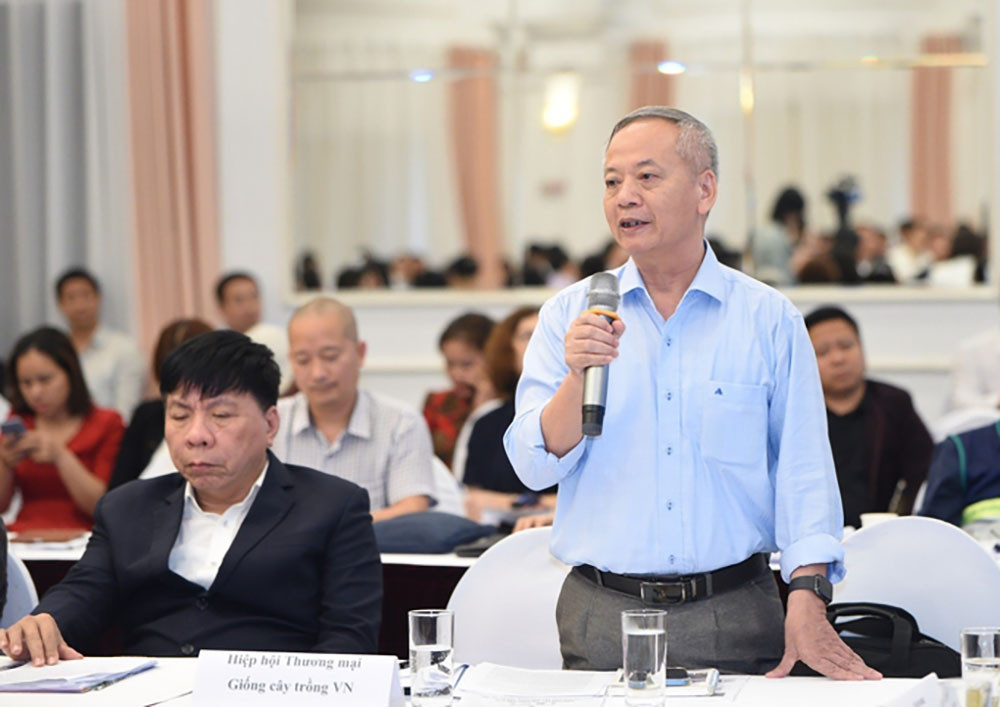
For a long time, we have been struggling to consolidate, exchange, and accumulate land. Therefore, the development of large-scale agriculture will be an opportunity for agriculture to truly develop in a more complete chain. With the contribution of large-scale agriculture and creative young farmers, agriculture will be able to turn a new page.
However, the large-scale farming club has just been established. If we want to develop further, we need to move towards establishing large-scale farming cooperation, Mr. Dinh emphasized.
In Dong Hung district ( Thai Binh ), about 10% of households have fields but do not need to produce; 20% of households have the need to rent or borrow fields; 20% of households will negotiate to rent fields if the rental price is reasonable; many communes have the phenomenon of abandoned fields without organizing cultivation.
Ms. Nguyen Thi Nga - Deputy Director of the Department of Agriculture and Rural Development of Thai Binh - said that although rice production is profitable, the income from rice does not ensure the livelihood of farmers. In the period 2014-2016, in Thai Binh, there was a phenomenon of farmers abandoning their fields and not cultivating.
Some farmers have formed the idea of large-scale development, boldly borrowing other people's fields to cultivate. Overcoming initial difficulties, some models have achieved certain successes, then spread to many localities. The province has many support policies for businesses and farmers who want to accumulate land and link production.
Being a big farmer must go hand in hand with quality and brand.
Developing large-scale agriculture has become an inevitable trend. However, in practice, developing large-scale agriculture in our country still faces many obstacles and is isolated. Farmers want to produce on a large scale but have difficulty accessing capital and policies to support mechanization.
One of the major barriers is the regulation in the current Land Law, when farmers in the Red River Delta are allocated a maximum of 2 hectares of rice land per household, in the Mekong Delta it is 3 hectares, and at the same time they are allowed to transfer 10 times the land allocation limit.
Ms. Tran Thi Tra, Deputy General Director of ThaiBinh Seed Group Corporation, affirmed that to meet the requirements of large-scale production in agriculture, to meet the requirements of restructuring the industry, land accumulation, and large-scale agricultural production model is an inevitable rule.
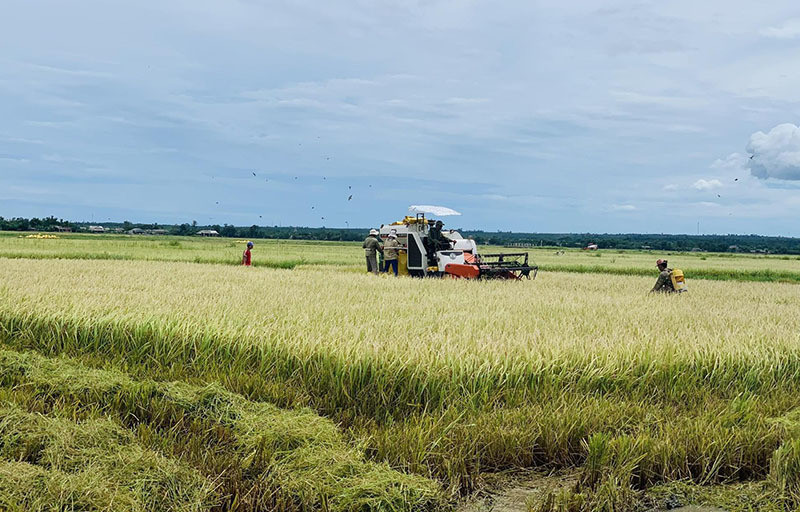
However, in large-scale farming models, farmers need to pay attention to the quality of rice varieties to ensure consistent rice quality, reputation with customers and brand of the production area," Ms. Tra noted.
Mr. Nguyen Xuan Hong, representative of the Northern Food Corporation (Vinafood 1), pointed out that each market has its own requirements and characteristics, but the common point is that the quality requirements are more stringent and the price needs to be more competitive. Therefore, the process of implementing large-scale farming models must pay attention to post-harvest technology. Because, if the drying time of rice is delayed, the quality of the rice grains will change.
Vinafood 1 representative hopes that units and focal points will join hands to support farmers in the post-harvest stage; support the development of food hygiene and safety certificates for cooperatives and farmers; and ensure stable quality of planted seeds.
According to Mr. Le Duc Thinh, Director of the Department of Economic Cooperation and Rural Development (Ministry of Agriculture and Rural Development), the large-scale farming model was born in the context of strong agricultural restructuring. However, this model can only be successful when it ensures the following factors: large, brand quality, organization and sustainable development.
On that basis, Mr. Thinh suggested that when working with large enterprises, they need to specify all issues so that large enterprises can easily access, cooperate and apply. Large enterprises must always firmly believe that the direction they are choosing is correct and will certainly be successful. State management agencies, enterprises and associations will always accompany them.
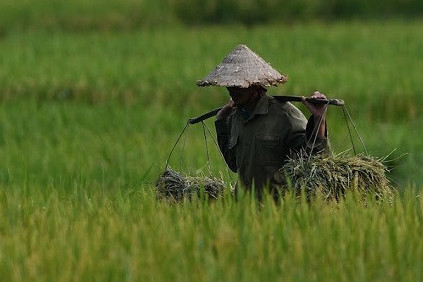
Source


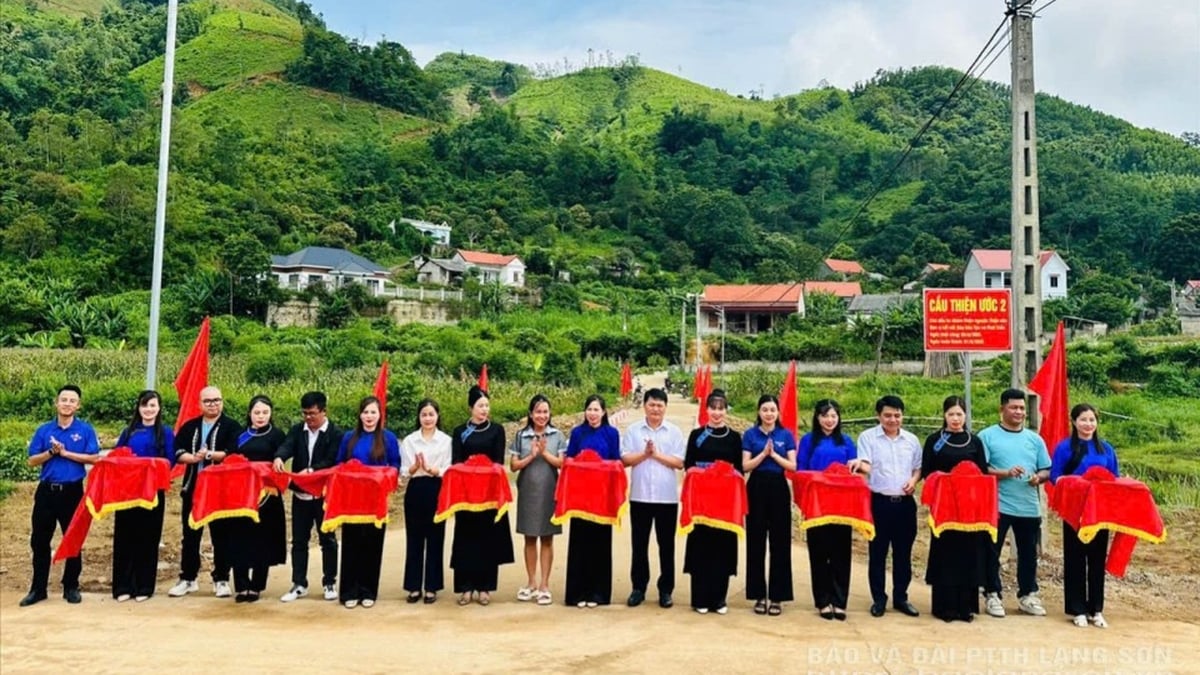

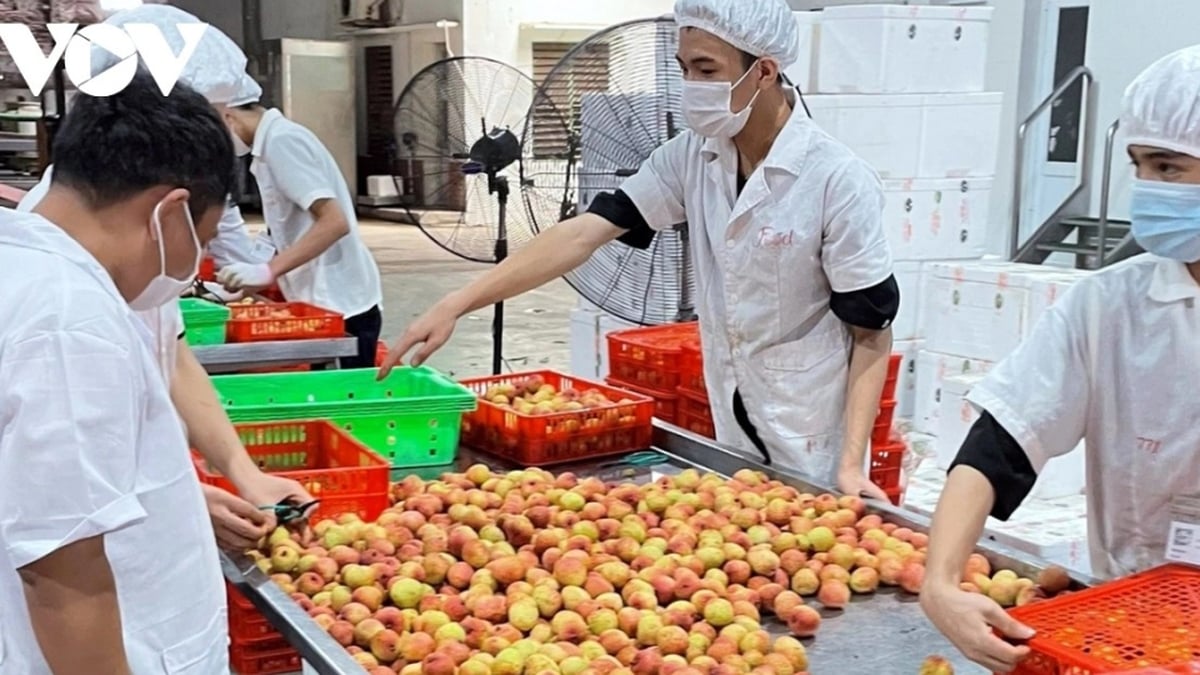






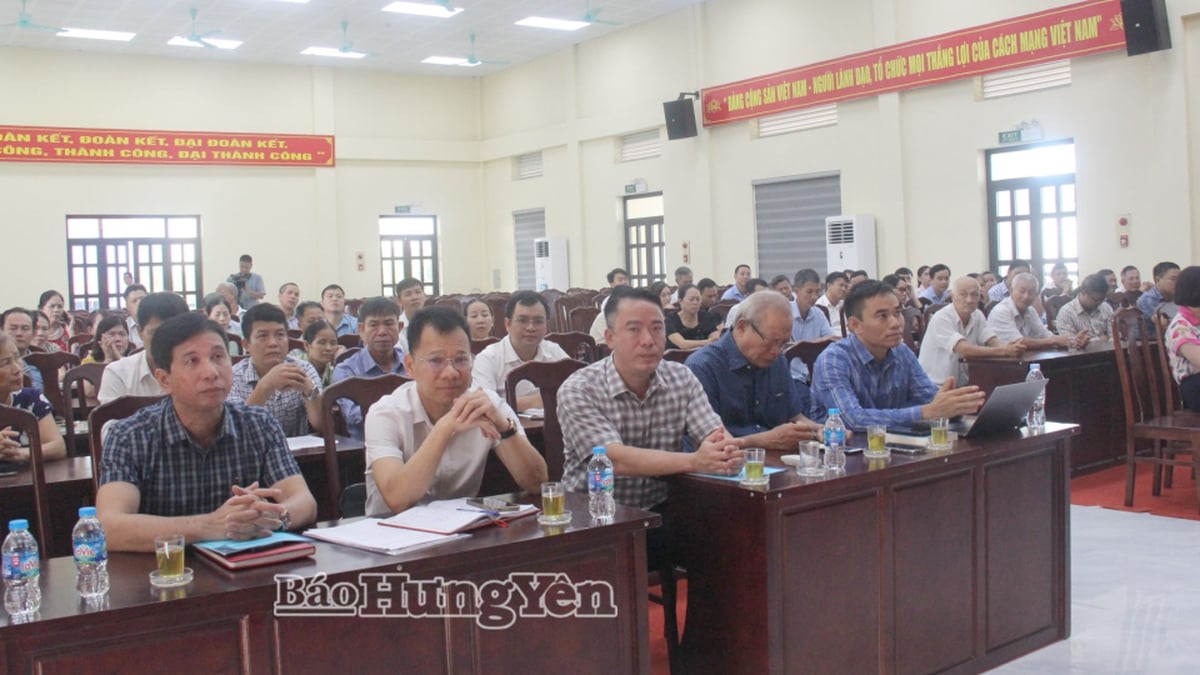





















































































Comment (0)